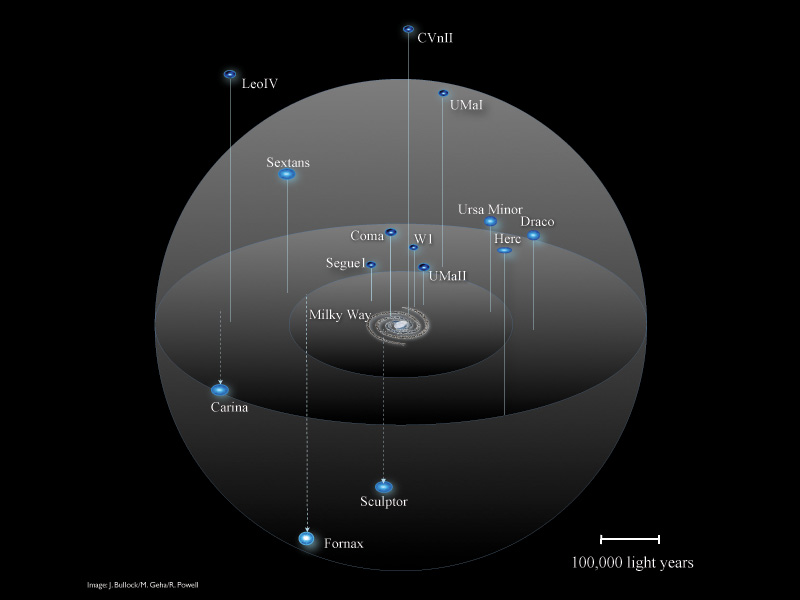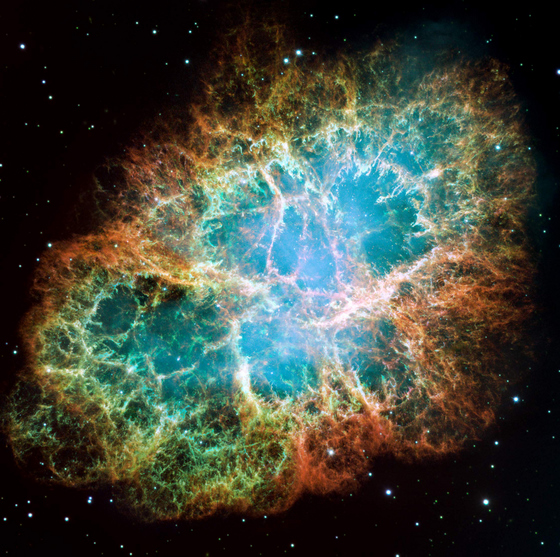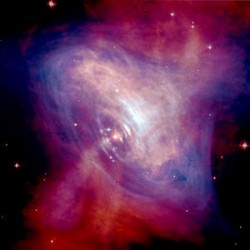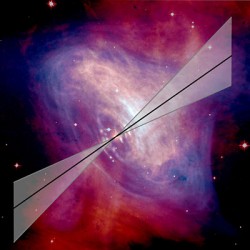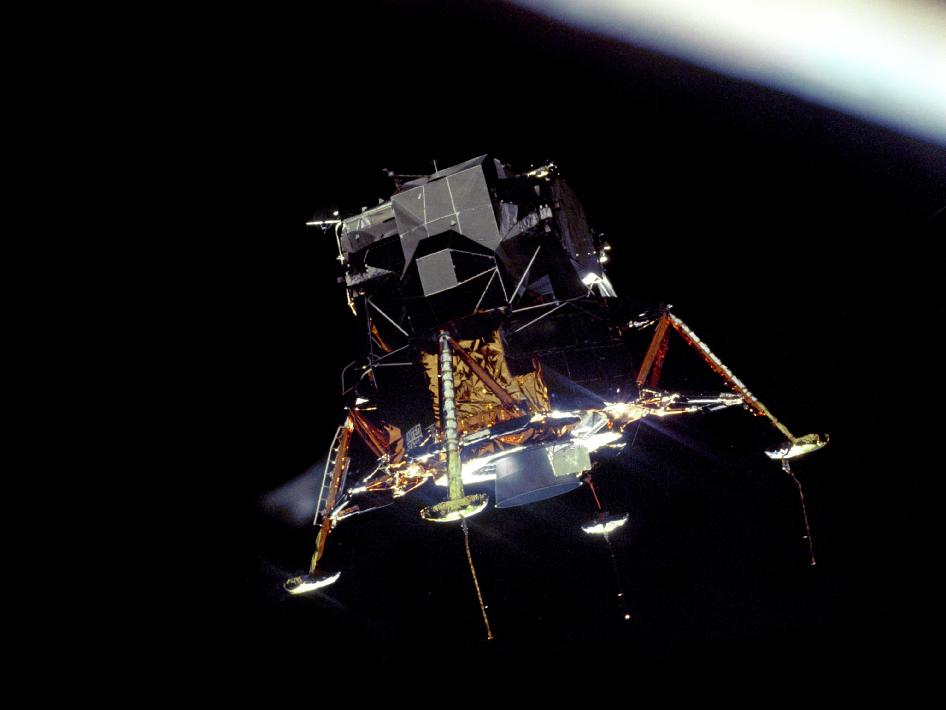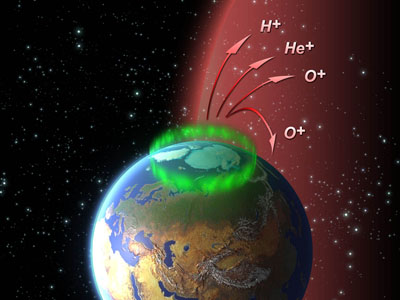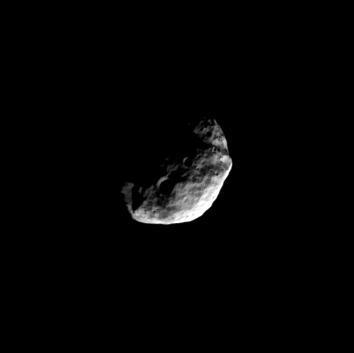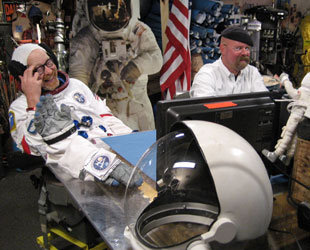[/caption]
Envisat satellite observations from mid-August show that a new record of low polar sea-ice coverage in the Arctic could be reached in sometime in September. This follows last summer’s record minimum ice cover in the same area. Current ice coverage in the Arctic has already reached the second absolute minimum since observations from space began 30 years ago. Because the extent of ice cover is usually at its lowest about mid-September, this year’s minimum could still fall to set another record low.
Click here for an animation of ice coverage from early June to mid-August 2008.
The direct route through the Northwest Passage – highlighted in the image above by an orange line – is currently almost free of ice, while the indirect route, called the Amundsen Northwest Passage, has been passable for almost a month. This is the second year in a row that the most direct route through the Northwest Passage has opened up.
Each year, the Arctic Ocean experiences the formation and then melting of vast amounts of ice that floats on the sea surface. An area of ice the size of Europe melts away every summer reaching a minimum in September. Since satellites began surveying the Arctic in 1978, there has been a regular decrease in the area covered by ice in summer – with ice cover shrinking to its lowest level on record and opening up the most direct route through the Northwest Passage in September 2007.
“The polar regions, especially the Arctic, are very sensitive indicators of climate change,” said Prof. Heinrich Miller from the Alfred Wegener Institute (AWI) in Bremerhaven, Germany. “The UN’s Intergovernmental Panel on Climate Change has shown that these regions are highly vulnerable to rising temperatures and predicted that the Arctic would be virtually ice-free in the summer months by 2070. Other scientists claim it could become ice-free as early as 2040. Latest satellite observations suggest that the Arctic could be mainly ice-free even earlier.”
Source: ESA


